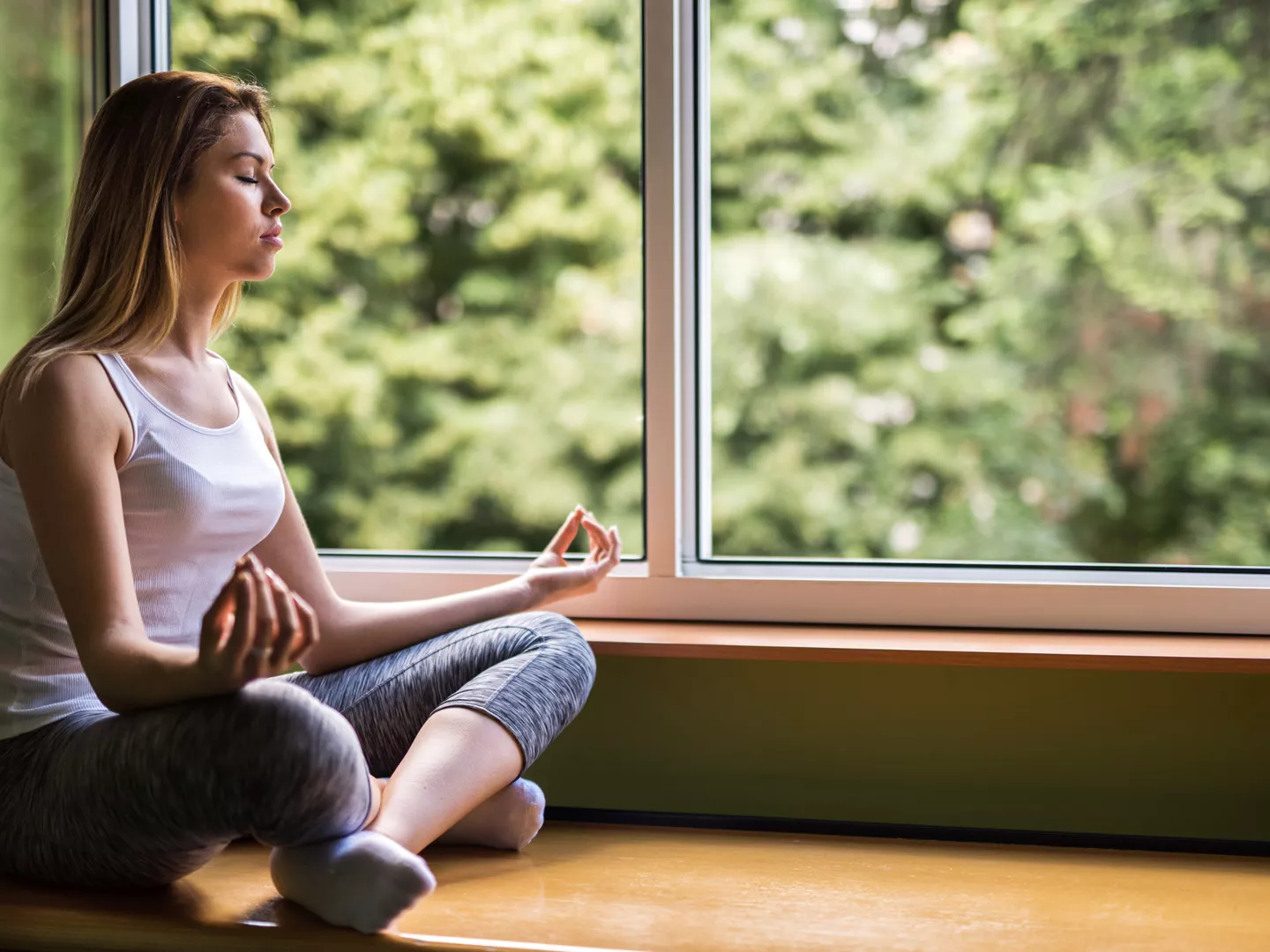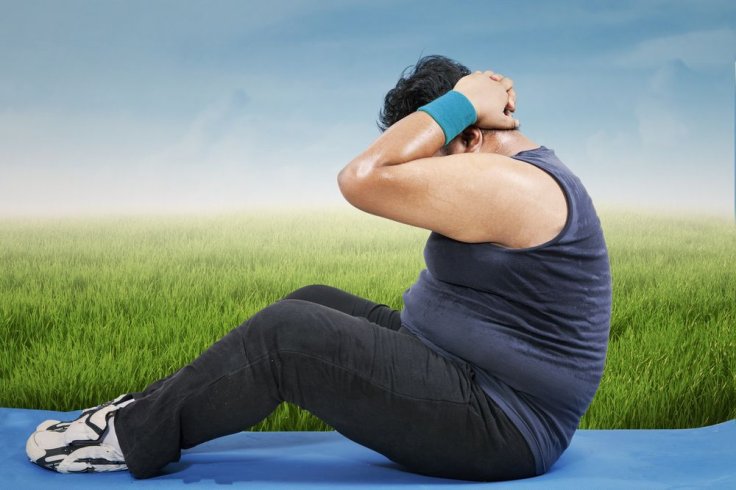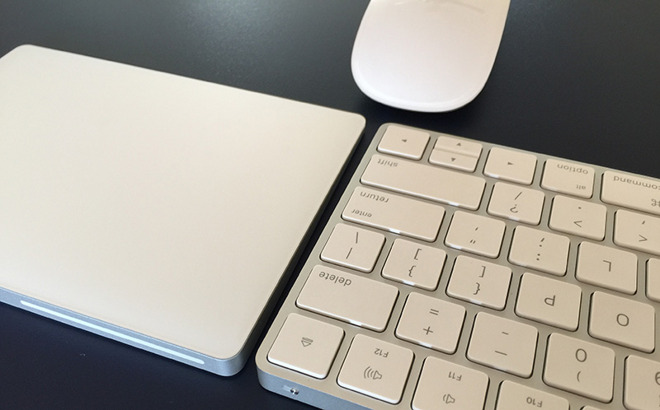I work on relaxing for a very long time and I put the inquiry: For what reason is profound breathing really great for you?
Profound breathing and ordinary breathing are completely different. Deep breathing must be forced to occur, in contrast to normal breathing, which occurs independently and most of the time unconsciously. How might you unwind to lessen pressure by constraining the relaxing? In my courses on breathing developments and techniques that cover philosophical and mental parts of breath, profound breathing isn’t constrained however tenderly enacted, in a way controlled.
Delicately enacting breathing is pivotal and successful component which you’ll insight in the breathing activities that follow. In any case, before we start, we should begin for certain realities and numbers about breathing, to more readily envision the construction of the activities and associate with profound breathing simpler.
The grown-up’s ordinary breathing (flowing volume) is about ½ liter of air and that is just around 10% of the absolute lung limit (attention) which is nearly 5 ½ – 6 liters of air.[2] That intends that, there is multiple times more volume in the lungs which can be actuated through profound relaxing.
1. Easy Unwinding through Exhalation
You can do this first profound breathing activities any place you are sitting consistently and easily. It’s okay if you’re stressed out; you’ll get stabilized as you do the exercise. For each inhalation and exhalation of a half-liter of air, the tidal volume (TV) timing would be approximately 1.5 to 2 seconds.
Using the tidal volume and expiratory reserve volume, we will now extend the exhalation for six seconds:
Ensure your spine is straight and your chest open so you can inhale unreservedly. Put your palms on your thighs.
Feel anything energy or pressure is moving through your body.
Easily breathe out building up to 6 zeroing in on the wind current leaving your chest.
Inhale effortlessly, counting to 4.
Gently extend your exhalation without forcing it, counting to 6, and activate your breath. This time your inward breath will go a piece further and quicker, and that is fine.
Breathe in easily building up to 4 (doesn’t make any difference on the off chance that the wind current is a piece quicker)
Breathe out easily building up to 6 and feel all pressure leaving your body. While breathing out easily, feel the unwinding streaming no longer any of your chest through your concern spreading through your entire body.
Breathe in easily building up to 4.
Breathe out and feel the unwinding spreading all through your head and to your entire body.
Fast Outcomes THROUGH Regard for EXHALATION
Did you had any idea about that pressure adversely impacts consideration performance?[4]
Giving close consideration to profound exhalation is the recipe for unwinding. Because your focus is on exhaling while you are doing this exercise, there are no stressors that could agitate or aggravate your nervous system. With this breathing activity, you lessen your breathing recurrence from the ordinary inexact 20 breaths each moment down to 6 breaths each moment.
This way you breathe out the air from the lower part of the lungs which regularly isn’t recycled. The significant reduction in breaths has the following positive effects: It calms the nervous system.
Diminishes energy misfortune
Diminishes pressure in the body by bringing down the pressure chemical cortisol
Brings down pulse
Brings down circulatory strain
Builds blood’s oxygen level
Purifies the blood of carbon dioxide and other unsafe gases
Do this profound breathing activity something like three times each day for five minutes! At the end of the article, I’ll offer a few more pointers on how to get the most out of each of the three deep breathing exercises.
2. Energy through Inhalation Now let’s move on to the next exercise in deep breathing. In this significant exercise, we will concentrate on a crucial moment: inhaling to increase energy. The energy is an essential physiological incentive for the improvement of anything. This exercise should be performed on void stomach. Get ready, get up, and do the following:
Ensure your spine is straight and your chest open so you can inhale uninhibitedly.
Easily breathe out feeling the unwinding in the body.
Inhale without effort until your stomach expands (count to 4) and proceed gently.
To slowly open your chest, gently activate your inhalation counting (4-8) This inward breath ought to be around 60-70% of your complete inspiratory limit.
Focus on the energy that has built up during the inhalation as you effortlessly exhale.
Rehash stage 4, delicately breathing in reaching out to 80-90% of your absolute inspiratory limit building up to 10 opening the chest more this time.
Easily breathe out allowing all your made energy to stream into your clench hands.
Delicately breathe in actuating 100 percent of your all out inspiratory limit building up to (at least 12 assuming your ability permits you) opening the chest maximally. Feel the strength and energy that have accumulated within your body. Feel your imperativeness.
Whenever you’ve arrived at stage 8, rehash this profound breathing development (on void stomach) for just (and gradually, to forestall hyperventilation) five minutes toward the start. Create your own breathing rhythm—both in terms of speed and depth. Your energy and essentialness will altogether move along.
Feeling victorious while breathing There are two types of deep breathing: fast and slow. I put slow first because it is safe, peaceful, and doesn’t hurt. It is of reflective nature: profound, subtle, and insightful. The quick breathing is of vigorous nature: fortifying, restoring and fiery.
This does not preclude you from experiencing characteristics of fast breathing when you breathe slowly or in the opposite direction. At the point when you advance with the profound breathing activities, you’ll have the option to encounter all physical and mental energies.
Some of them (like inventiveness or tolerance for instance) will seem not so serious as others, but rather through continually rehearsing this breathing, you will feel their power increment. The two fundamental advantages of profound breathing are:
All of the other advantages result from these two factors: happiness; vitality; and peace. To be canny and natural, you should be patient and attentive; and peacefulness fosters patience and observation. You need to be strong and able to change with the times; what’s more, strength and adaptability foster through imperativeness.
If you ever find yourself in a depressive mood, this deep breathing exercise can help you deal with depression and overcome anxiety, which is an additional great benefit. In my book About the Power of Breath, I spend a lot of time talking about these tools, which provide an effective mental strategy.
3. Unwinding through Exhalation + Energy through Inward breath
The third profound breathing activity is tied in with testing, encountering and turning into the master of your relaxing.
Join the principal breathing activity with the subsequent one and make cadence of breathing that will orchestrate your unwinding and imperativeness. This time, don’t count however associate 100 percent with the progression of your breath:
Breathe out easily, tenderly enacting your expiratory save volume (ERV) and removing all the air out of your lungs. Relax by going very slowly and without any pressure. Instantaneously, this movement gives way to peace.
Breathe in easily, delicately actuating your inspiratory hold volume (IRV) filling it progressively from 60-70% up to 100 percent with air. As you inhale slowly, a light pressure will build up in your lungs; however, this pressure is only energy.
This balanced combination of deep breathing is how you calm your mind and body, relax, and refuel. With this breathing technique, you begin to develop all of your desired mental skills. In the interim, as well:
To decrease your pressure, simply apply the principal profound exhalation practice to quiet down and unwind.
Assuming you feel down and feeble, apply the subsequent inward breath practice to recover your energy and vitalize your entire body.
If you’re feeling fine, try the third deep breathing exercise, which will do the same as the first two and get you ready to work on and improve your mental and physical abilities.
Which is the Best Breathing Activity?
Is there such an incredible concept as the best breathing activity?
Would you concur that the “4-7-8 Breathing Technique” is the best breathing exercise? It is widely believed to be the most effective breathing exercise for sleep: breathe in building up to 4, hold the breath building up to 7 and breathe out building up to 8.
In fact, this breathing pattern helps you relax so much that you can fall asleep quickly. That is a great benefit, but in our case, we want to learn how to relax, increase energy, and reduce stress in the midst of our hectic daily lives, not just fall asleep doing a deep breathing exercise.
Despite the fact that the question regarding the best breathing exercise is too general and subjective, I am pleased to inform you that we have the correct response here:
The best breathing exercise for you is the one that works best for your current state of mind. Therefore, I urge you to try out the aforementioned methods of deep breathing to discover the rhythm that works best for you.










